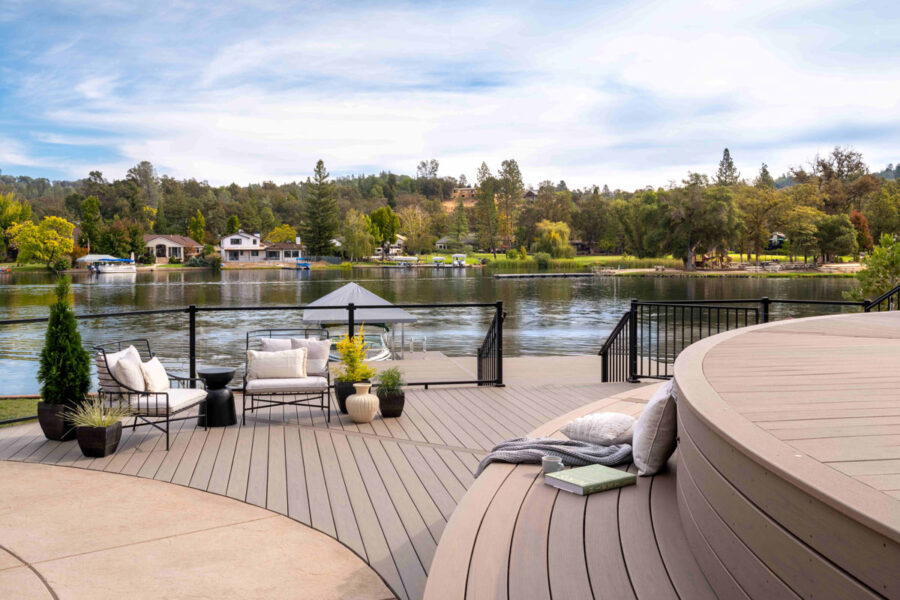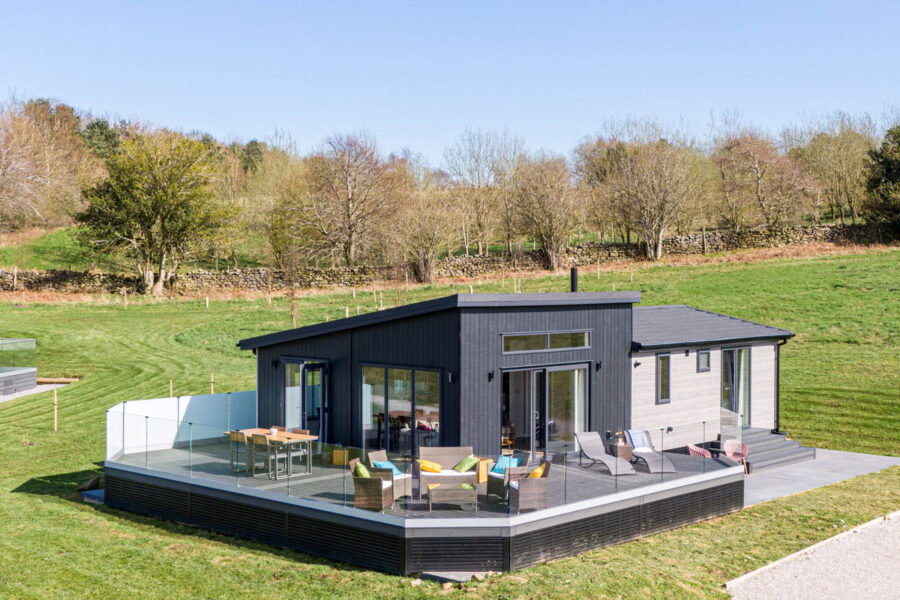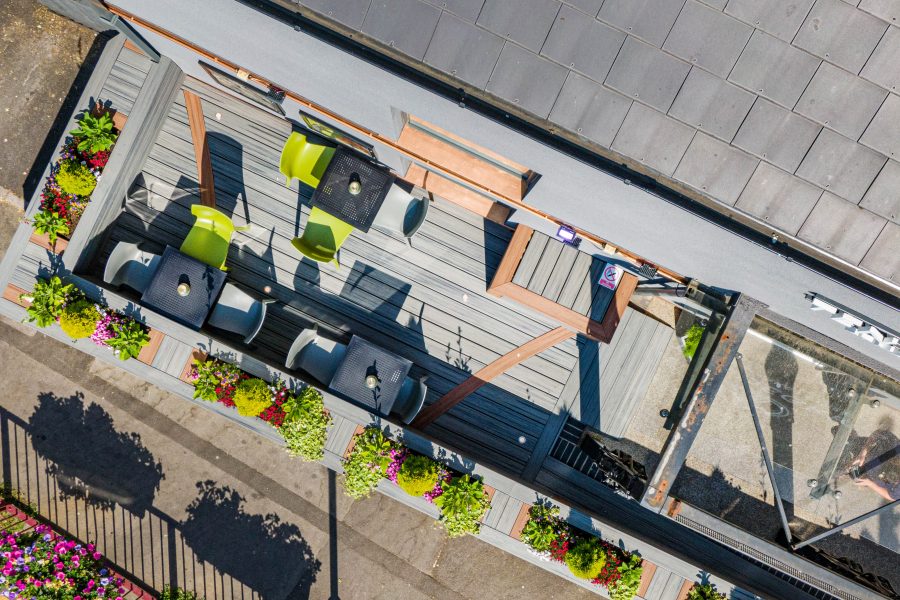Five things to consider for any commercial decking project

Decking remains a popular choice for businesses – particularly across the hospitality sector – looking to invest in their space. It offers a fantastic solution for expanding seating areas to allow businesses to grow further, while also being an aesthetically pleasing outdoor space for customers to enjoy.
While decking can elevate the look and feel of a commercial space, there are a series of considerations business owners and installers need to take into account before making an investment. Here are five of the key things to think about when it comes to commercial decking, covering each stage of the process.
Regulations
Before undertaking any decking project, it’s vital to look into any local building regulations and requirements for planning permission.
Commercial decks are more likely to require planning permission than residential decks due to their size, and any deck that is more than 30cm above the ground or will cover more than 50 per cent of the property’s garden area will need planning permission. It’s also important to establish whether the property will be subject to planning permission or regulations, for example, if the deck will be within 20 metres of a road, attached to a listed building, or set within a conservation area.

Decking by Heritage Decking
Safety
When working on any commercial project, safety should be at the forefront of every decision.
The installation of commercial decking is no exception to this, and due the outdoor nature of decking, minimising slip risk is vital. Additional features such as lighting and railings not only look great, but can add an important safety element. For example, lighting is ideal for guiding customers through the space and highlighting potential hazards like stairs, whereas railings can be necessary for a deck at height.
Budget
Once regulations and safety elements have been taken into consideration, the first part of the design phase should be assessing budget. This will determine how big the deck can be, as well as inform choice of material and extra design elements, so it’s important to work closely with business owners from the beginning to establish what can realistically be done with the budget available.

Decking by Gower Composite Decking and Carpentry
Material
Available budget will play a key role in determining what material will be used for the deck, with traditional timber offering an initial lower price point than Trex composite decking.
However, it’s important to note that the choice between timber and composite will have an impact on the durability of the deck, and quality composite will offer greater value for money in the long term. Trex offers a commercial warranty of up to ten years, even with minimal maintenance. While timber decking requires regular upkeep, composite decking won’t rot, split, fade or stain, and will never need painting or oiling – making it an ideal choice for busy business owners and staff.
Not only is Trex composite decking durable even under heavy footfall, it also offers the benefit of sustainability, reducing the environmental footprint of a project.
Design
All of the factors above, combined with the collaborative vision of the business owner and installer, will inform the deck’s design.
The first consideration should be the location of the deck and the ground it will occupy, which is key for designing the deck’s substructure. The substructure is the core of the deck and although unseen, it’s vital for ensuring the deck’s structural integrity – and ultimately how safe it is for use.
Other practical considerations for the design phase of a commercial decking project include existing features such as trees and whether these will be kept and built around, whether the space is all one height or if multiple deck levels are required, and of course accessibility. Commercial decking must be accessible to all customers, regardless of age or physical ability. It’s therefore important to assess whether additional elements such as slopes for wheelchair access or handrails are required.
Once practical design decisions have been made, it’s time to consider aesthetics too. Ensuring the overall look of the deck is sensitive to the surrounding area and buildings is paramount. The use of colour plays a key role in this; for example, grey decking may suit a modern city rooftop whereas traditional brown shades would work better with an historic country pub.
The possibilities are almost endless when professionals collaborate with business owners at every stage of the process, from confirming building regulations to adding the finishing touches, and the right design can add significant value for money in the long term.






